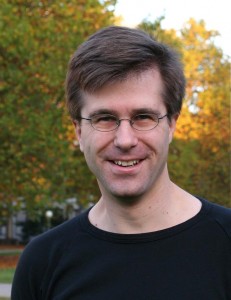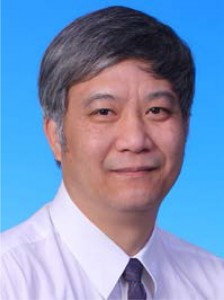 Ben Zhong Tang is Stephen Kam Chuen Cheong Professor of Science at The Hong Kong University of Science and Technology (HKUST). His research interests include polymer chemistry, materials science, and biomedical engineering. He received B.S. degree from South China University of Technology and Ph.D. degree from Kyoto University and conducted postdoctoral research at University of Toronto. He joined HKUST as an assistant professor in 1994 and was promoted to chair professor in 2008. He was elected to the Chinese Academy of Sciences in 2009. He is listed by Institute for Scientific Information as a “Most Cited Scientist”. He received a Natural Science Award from Chinese Government and a Senior Research Fellowship from Croucher Foundation in 2007. He is serving as a science news contributor to Noteworthy Chemistry (ACS), Associate Editor of Polymer Chemistry (RSC) and Editor-in-Chief of RSC Polymer Chemistry Series and is sitting in the editorial advisory boards of a dozen of research journals.
Ben Zhong Tang is Stephen Kam Chuen Cheong Professor of Science at The Hong Kong University of Science and Technology (HKUST). His research interests include polymer chemistry, materials science, and biomedical engineering. He received B.S. degree from South China University of Technology and Ph.D. degree from Kyoto University and conducted postdoctoral research at University of Toronto. He joined HKUST as an assistant professor in 1994 and was promoted to chair professor in 2008. He was elected to the Chinese Academy of Sciences in 2009. He is listed by Institute for Scientific Information as a “Most Cited Scientist”. He received a Natural Science Award from Chinese Government and a Senior Research Fellowship from Croucher Foundation in 2007. He is serving as a science news contributor to Noteworthy Chemistry (ACS), Associate Editor of Polymer Chemistry (RSC) and Editor-in-Chief of RSC Polymer Chemistry Series and is sitting in the editorial advisory boards of a dozen of research journals.
His recent papers include:
Metal-free click polymerizations of activated azide and alkynes
Polym. Chem., 2013, Advance Article
Mesogen jacketed liquid crystalline polyacetylene containing triphenylene discogen: synthesis and phase structure
Polym. Chem., 2013, Advance Article
Stoichiometric imbalance-promoted synthesis of polymers containing highly substituted naphthalenes: rhodium-catalyzed oxidative polycoupling of arylboronic acids and internal diynes
Polym. Chem., 2013, Advance Article
Facile synthesis of soluble nonlinear polymers with glycogen-like structures and functional properties from “simple” acrylic monomers
Polym. Chem., 2013,4, 95-105
Functional polyacetylenes: hybrids with carbon nanotubes
Polym. Chem., 2013,4, 211-223
Hyperbranched conjugated poly(tetraphenylethene): synthesis, aggregation-induced emission, fluorescent photopatterning, optical limiting and explosive detection
Polym. Chem., 2012,3, 1481-1489
Follow the latest journal news on Twitter @PolymChem or go to our Facebook page.











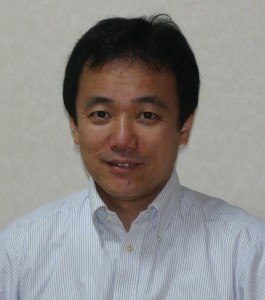
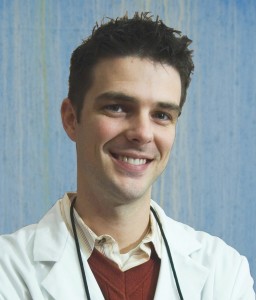
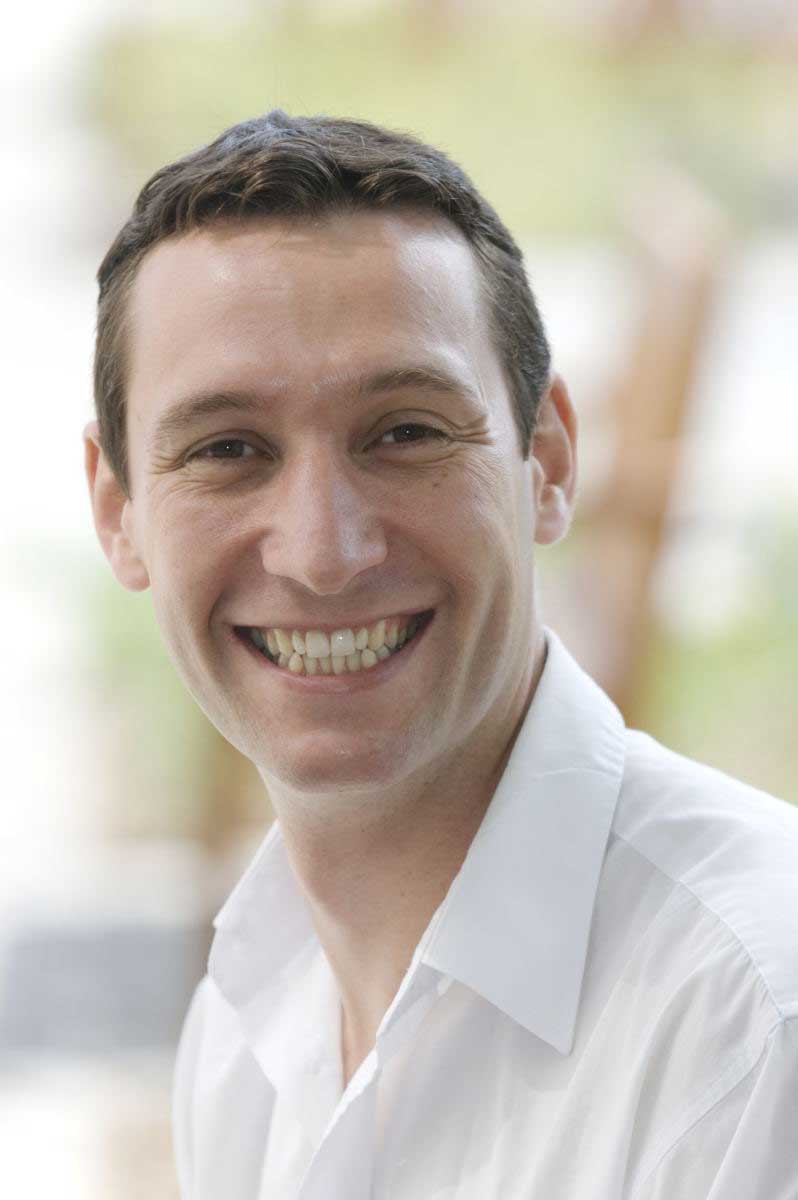
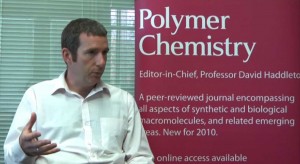
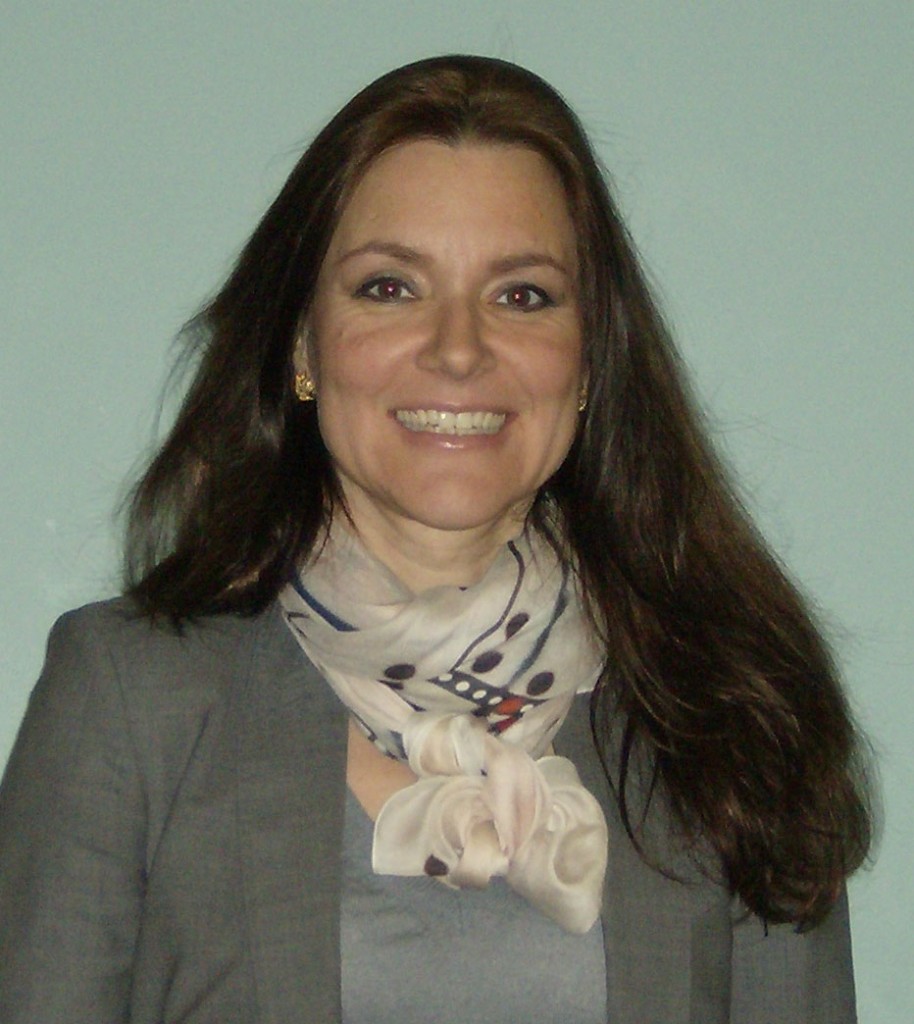
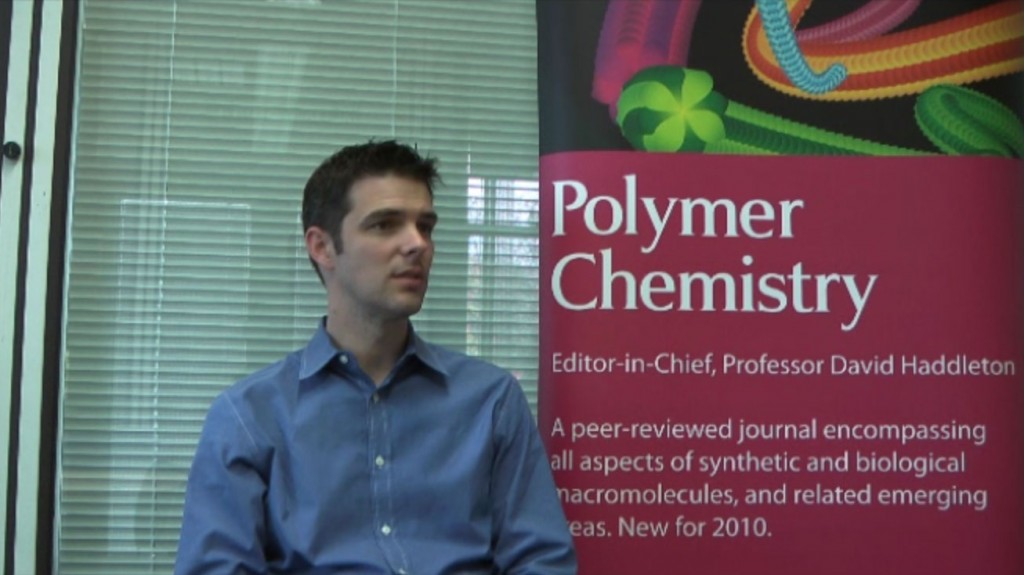

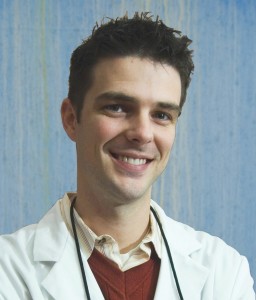 Brent Sumerlin is Harold Jeskey Trustee Associate Professor in Department of Chemistry at Southern Methodist University. His research group focuses on well-defined polymeric materials with selected functionality, composition, and molecular architecture. Their particular interest is on polymers that are water-soluble and stimuli-responsive. Such “smart” polymers have the ability to self-assemble or dissociate in solution in response to changes in their surroundings. Potential target applications include controlled and targeted drug delivery, surface modification, and the synthesis of self-healing materials.
Brent Sumerlin is Harold Jeskey Trustee Associate Professor in Department of Chemistry at Southern Methodist University. His research group focuses on well-defined polymeric materials with selected functionality, composition, and molecular architecture. Their particular interest is on polymers that are water-soluble and stimuli-responsive. Such “smart” polymers have the ability to self-assemble or dissociate in solution in response to changes in their surroundings. Potential target applications include controlled and targeted drug delivery, surface modification, and the synthesis of self-healing materials.